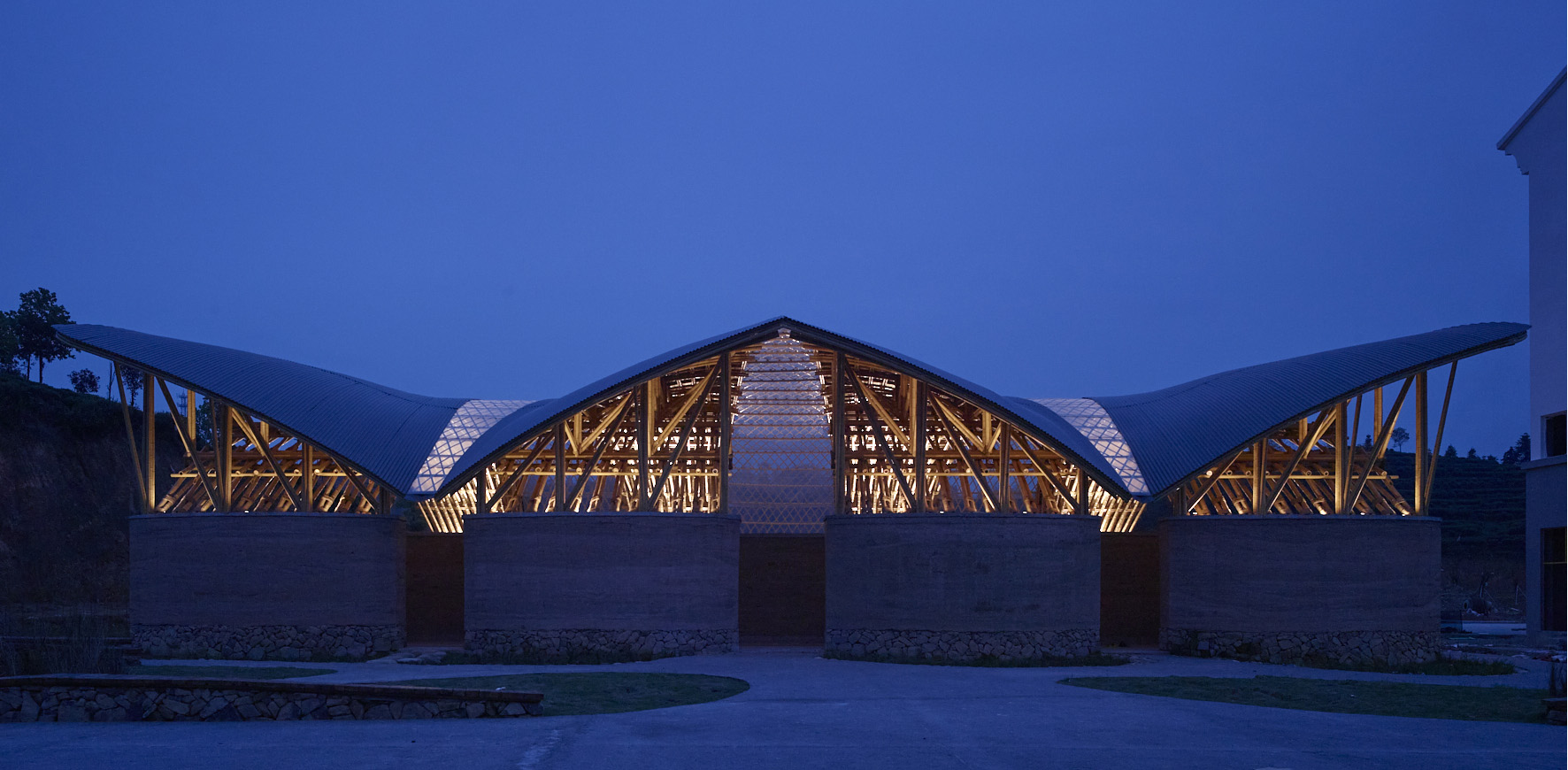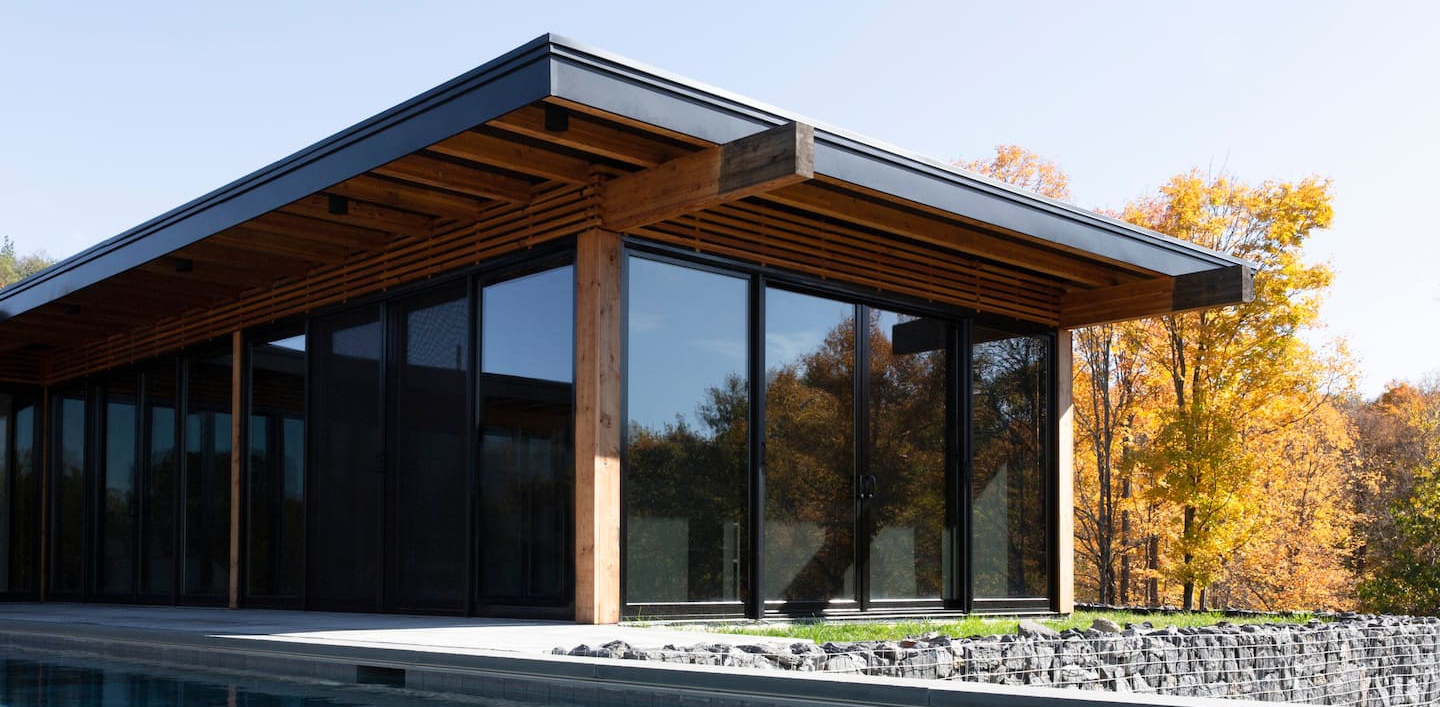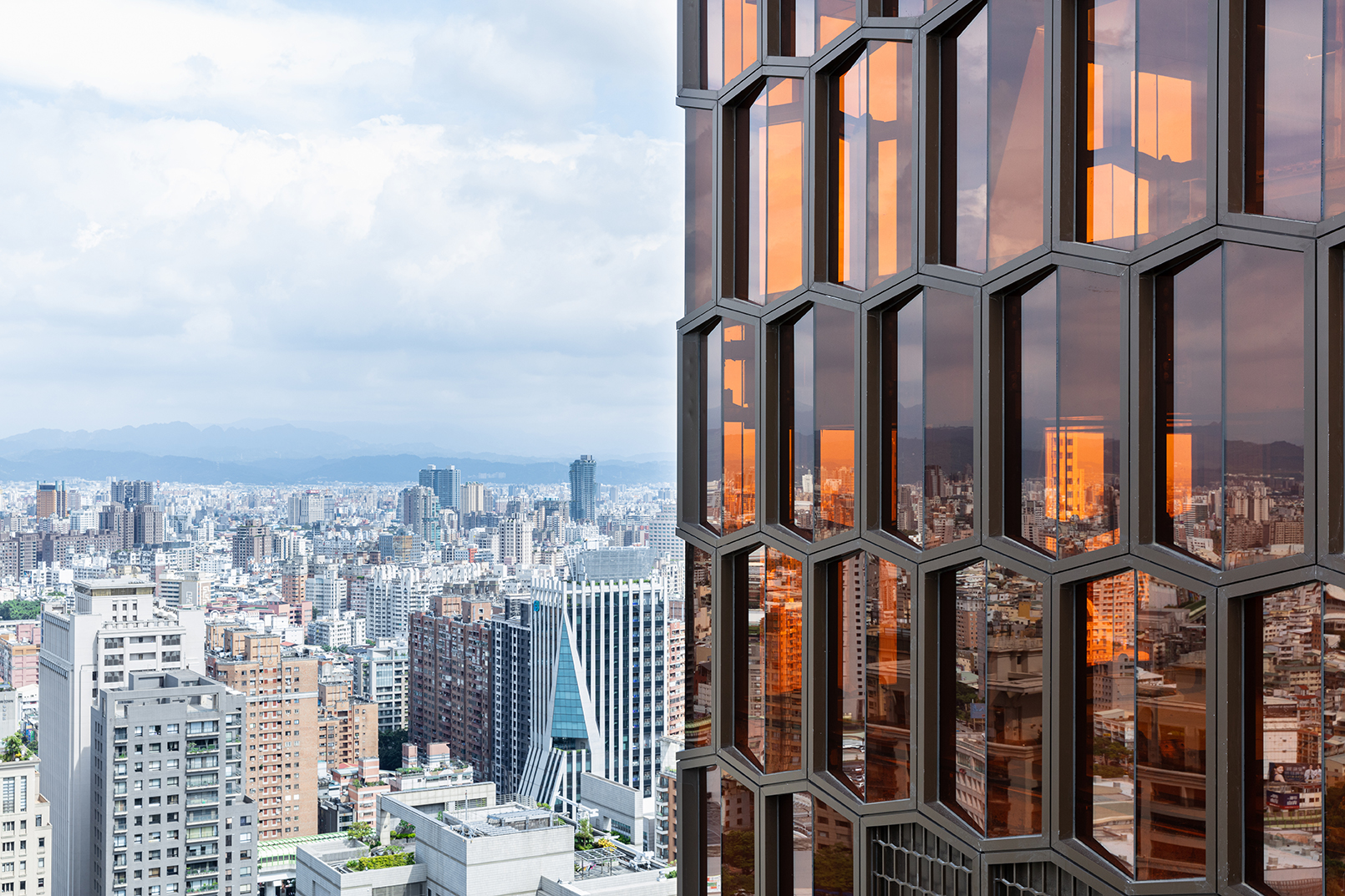Should your office be considered among the world’s best architecture firms? Find out more about Architizer’s 10th Annual A+Awards program, opening this fall: Sign up to receive key program updates and deadline reminders.
For centuries China has dominated the global tea industry: since introducing tea to the rest of the world, the country has remained home to the world’s largest tea market to this day. Chinese soil is a fertile ground for the population’s ever-growing appetite: over 7 million acres of land are dedicated to growing the shrub.
With such an expansive scale, it is no surprise that the tea industry is pervasive to the Chinese economy on both global and local levels. Within the Southeastern Fujian Province, Tea Leaf Market of Zhuguanlong, built by SUP Atelier of THAD, gives physical expression to the importance of the plant in the area. Built for the area’s tea leaf trading activities, the project was truly a collaboration between the local government and peoples, a native bamboo contractor and the architects. For its innovative structural and technical feats, which have cultural impact on the locals in the region, the stunning project took home two prestigious A+Awards; it was Popular Choice in both the Architecture +Low Cost Design and Architecture +New Materials categories.
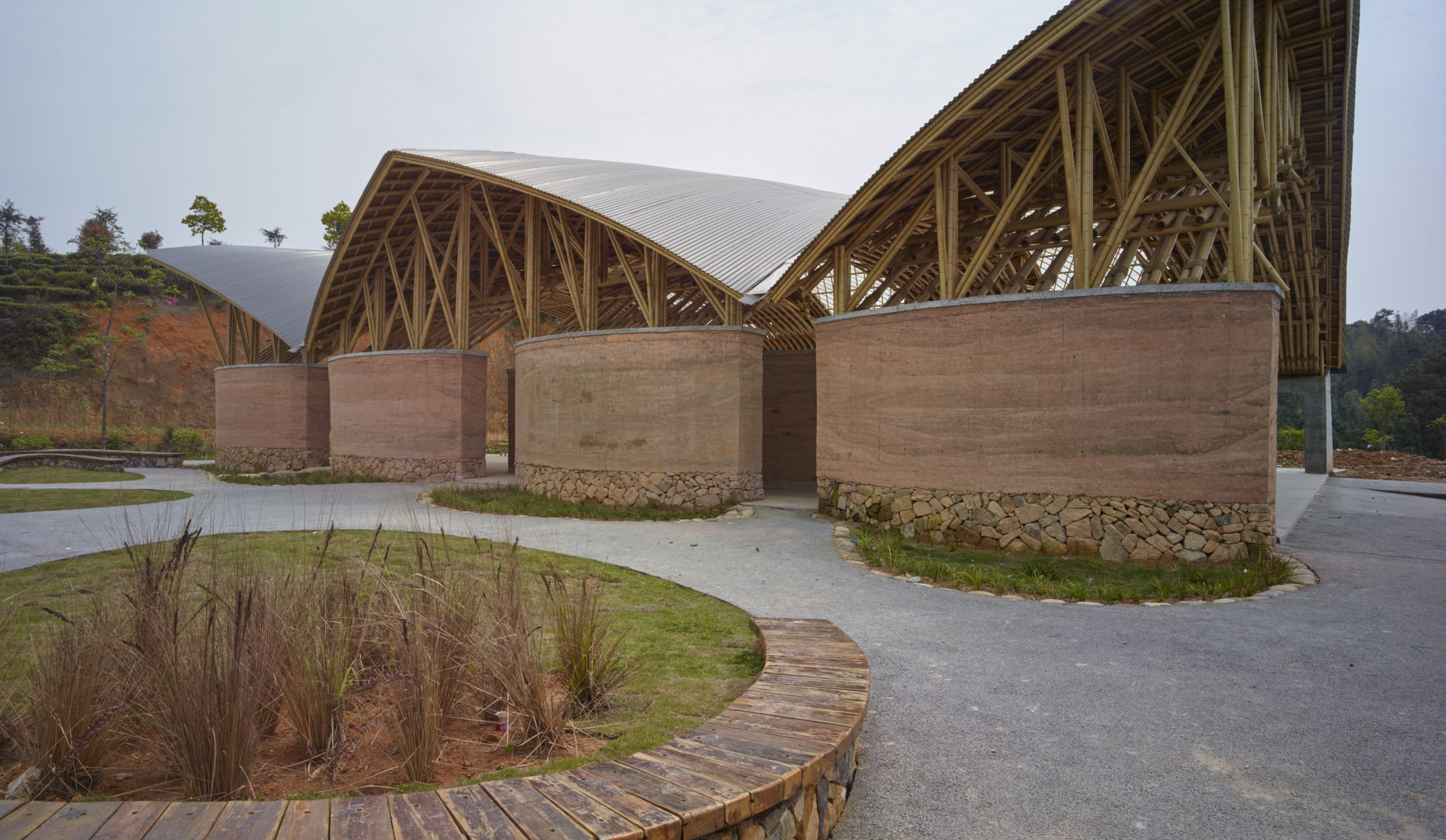
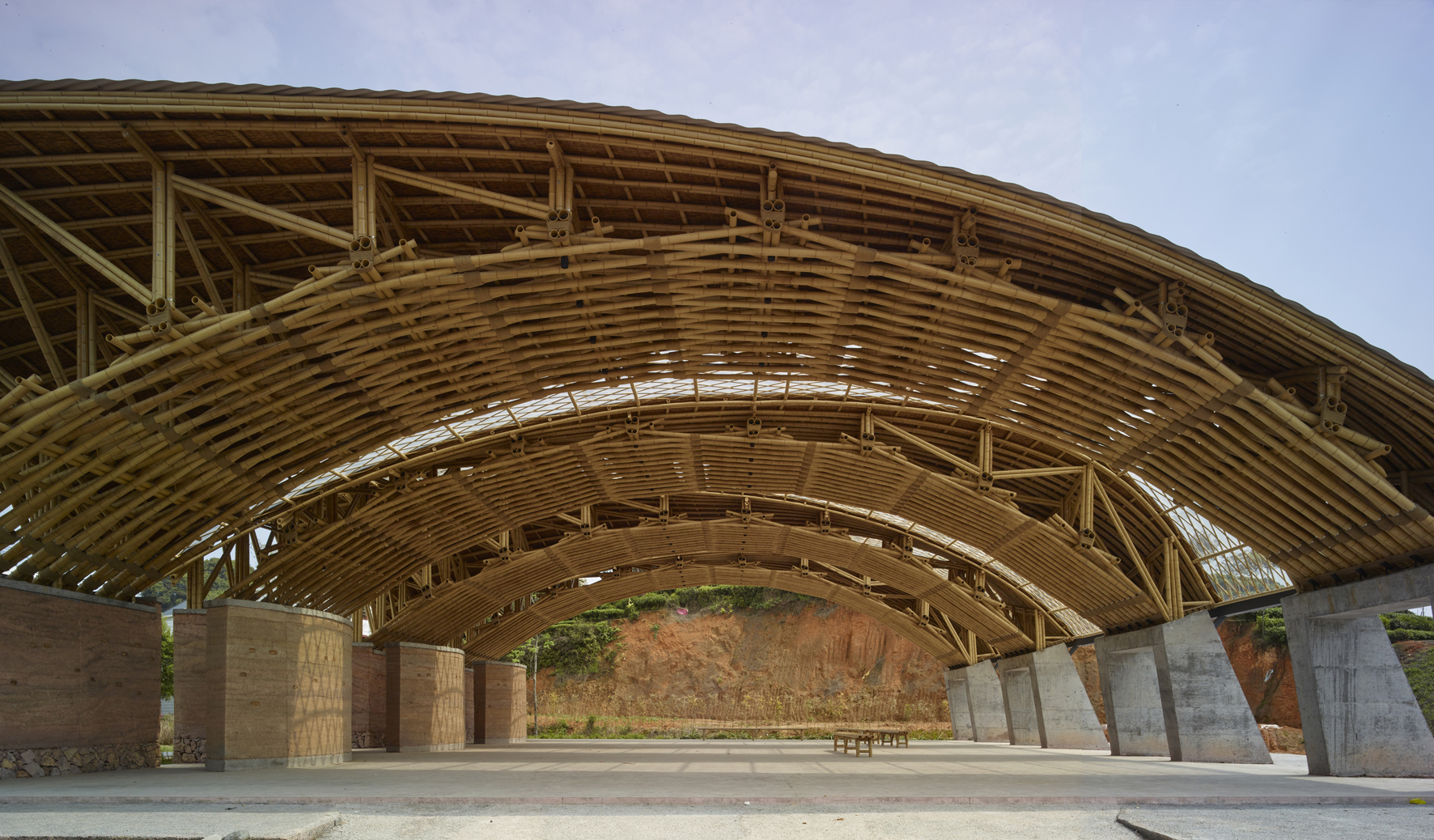 To those familiar with SUP Atelier’s work, the interconnection of these stunning details — technical, functional and culture —come as no surprise. Since their founding just one decade ago, the team has been dedicated to the research and practice on sustainable design; to promoting the combination of modern building techniques and construction research with vernacular architecture in China.
To those familiar with SUP Atelier’s work, the interconnection of these stunning details — technical, functional and culture —come as no surprise. Since their founding just one decade ago, the team has been dedicated to the research and practice on sustainable design; to promoting the combination of modern building techniques and construction research with vernacular architecture in China.
The practice focuses on sustainable theory within the scope of architecture, urban studies, and building technology. Foregrounding regional and local understandings, their design strategy also seeks to incorporate and implement the latest technical measures with traditional climate adaptation design strategies. Cultural context thus meets various computer simulation software, which simulate the ways that high-end building technique adoption can be translated into real-world implementation.
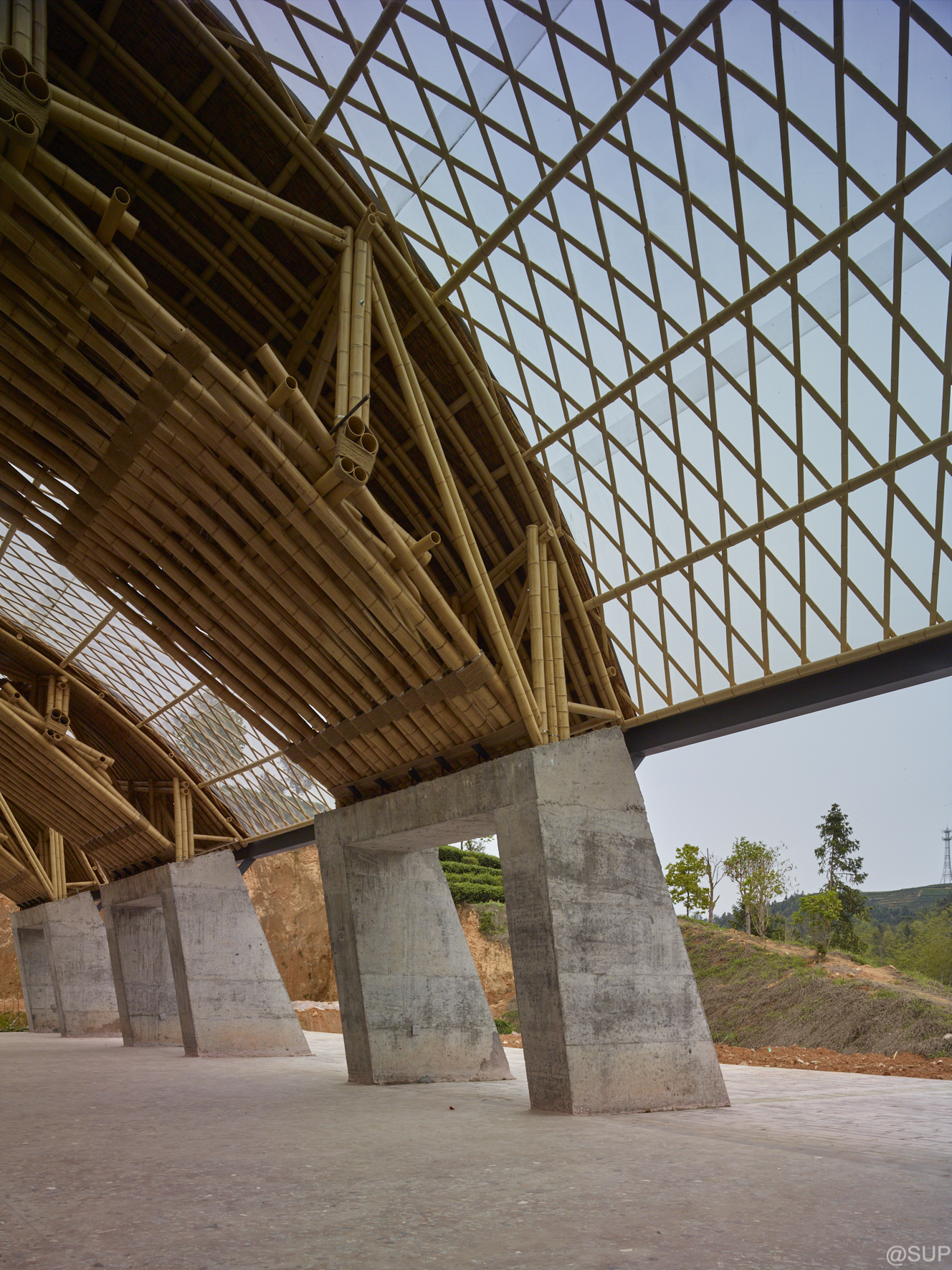
This approach is on full display at the Tea Leaf Market. After loading tests carried out by both SUP Atelier and the contractor specializing in bamboo construction, a soaring and intricate bamboo structure, spanning 60 feet, was successfully executed. Its completion makes it the largest span of a raw bamboo cover in the world. Due in part to this expansive covering, in addition to tea leaf trading — a seasonal activity — the market can be used for farm product trading and children’s sports activities, as well as special occasions such as weddings, funerals and feasts.
Yet, beyond its technical and environmental aims, the firm is known for their highly contextual approach, which weaves together concerns of sustainability of natural resources with a desire to create human community. In so doing, their structures bridge the gap between architecture and urbanism; they propose highly applicable tectonic research on natural and local materials to integrate buildings to the environment and community living.
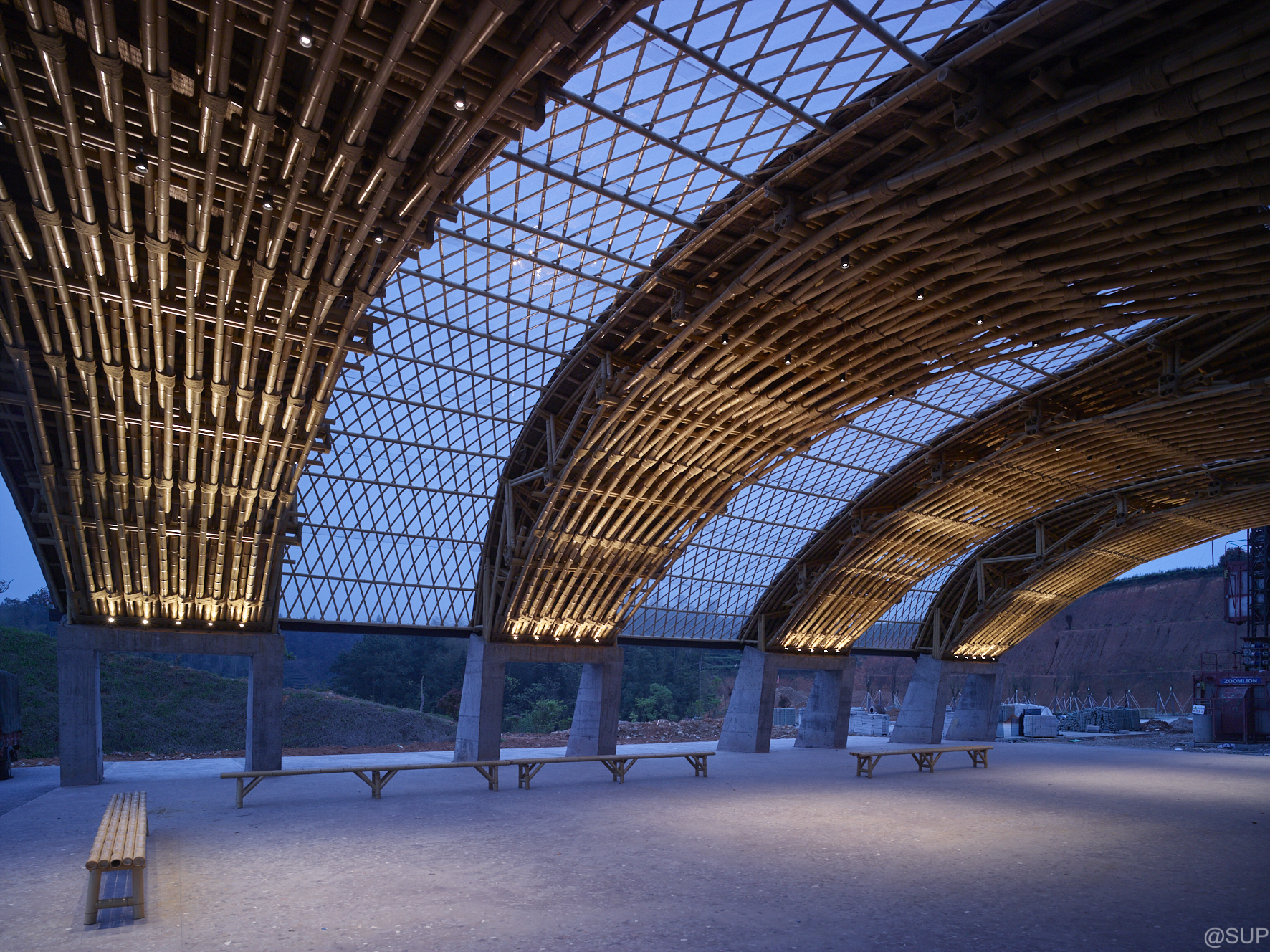
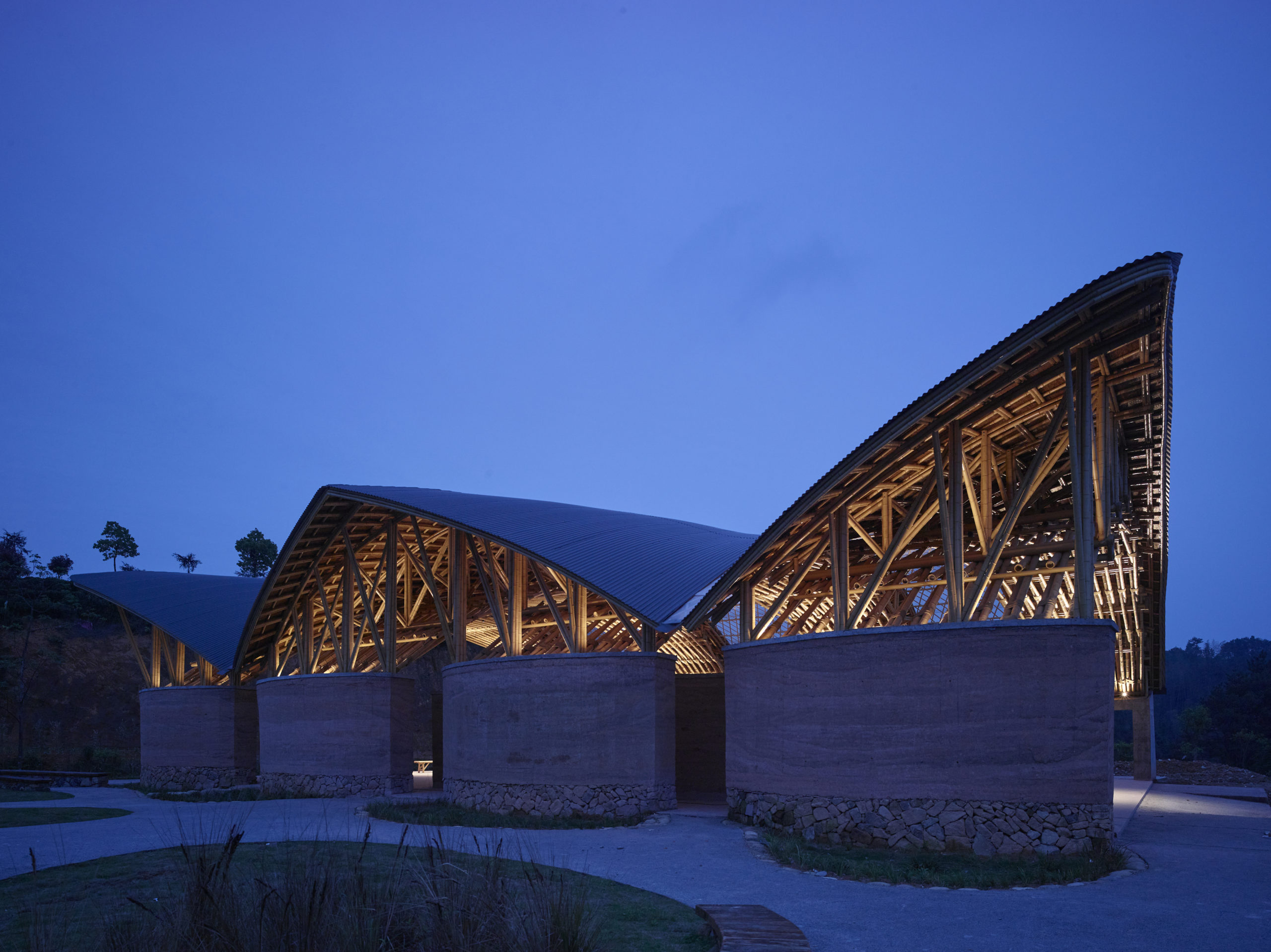 Indeed, the open-sided form of the Tea Leaf Market is more than a functional provision. Long perceived as symbols of Chinese traditional culture, pavilions have been built with an open gesture in order to reflect the harmony between human and nature. This contention is woven into every detail of the design: the rammed earth walls, concrete structures and terrazzo floors present a sort of natural solidness that comes by way of the human-nature harmony. Meanwhile, the metal roof, built with modern technologies, seamlessly integrates with the light bamboo structure, guaranteeing both durability and climatic adaptability of the building.
Indeed, the open-sided form of the Tea Leaf Market is more than a functional provision. Long perceived as symbols of Chinese traditional culture, pavilions have been built with an open gesture in order to reflect the harmony between human and nature. This contention is woven into every detail of the design: the rammed earth walls, concrete structures and terrazzo floors present a sort of natural solidness that comes by way of the human-nature harmony. Meanwhile, the metal roof, built with modern technologies, seamlessly integrates with the light bamboo structure, guaranteeing both durability and climatic adaptability of the building.
The lightness and beauty of overhanging eaves of Chinese traditional buildings were described as “looking like stretched wings of beautiful birds,” in Classic of Poetry (a classic in ancient Chinese literature). This interplay of lightness, beauty and through the innate strength are also characteristic of raw bamboo. Another Chinese saying says, “Weak birds fly first.” Indeed, the soaring gesture of the market seemingly expresses the buoyant spirit of openness region’s future prosperity.
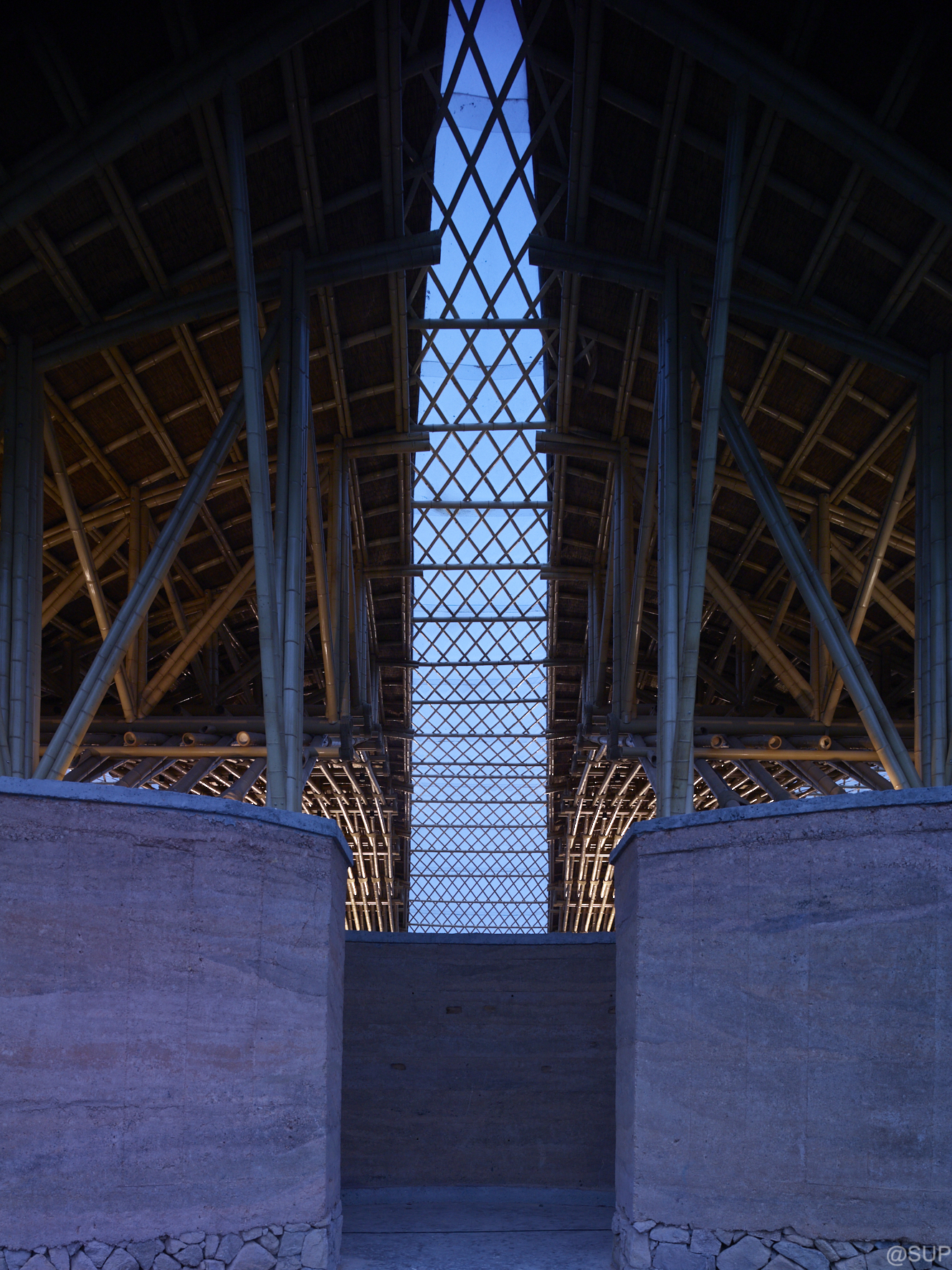 The Tea Leaf Market is the latest project of SUP Atelier’s rural practices, which are based on material & technology studies and carried out through public participation of local villagers. Just before its completion, the Tea Leaf Market of Zhuguanlong Township was awarded the UIA Award for Innovation in Architectural Education. Now, it reaches another milestone, by being singled out for its inspirational excellence at Architizer’s 2021 A+Awards.
The Tea Leaf Market is the latest project of SUP Atelier’s rural practices, which are based on material & technology studies and carried out through public participation of local villagers. Just before its completion, the Tea Leaf Market of Zhuguanlong Township was awarded the UIA Award for Innovation in Architectural Education. Now, it reaches another milestone, by being singled out for its inspirational excellence at Architizer’s 2021 A+Awards.
Should your office be considered among the world’s best architecture firms? Find out more about Architizer’s 10th Annual A+Awards program, opening this fall: Sign up to receive key program updates and deadline reminders.
